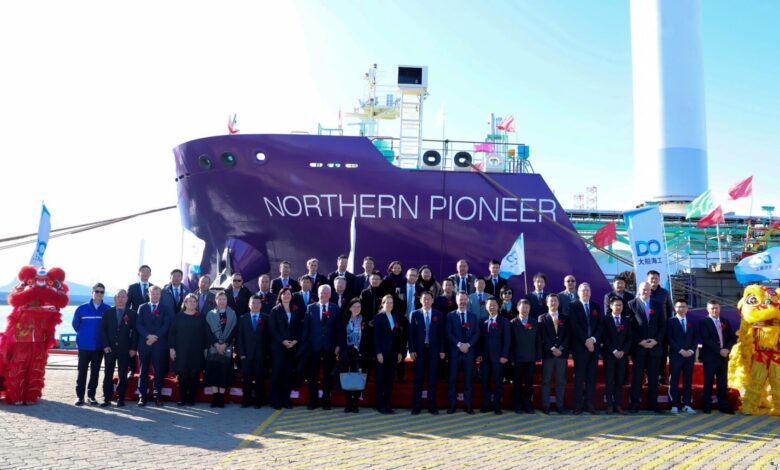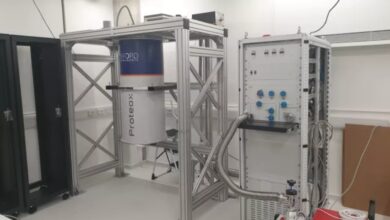China Unveils the World’s First Carbon Dioxide Transport Ship

In a groundbreaking development for environmental technology, China has introduced the world’s first commercial liquefied carbon dioxide (CO2) transport ship, named the Northern Pioneer. This innovative vessel marks a significant step forward in efforts to manage carbon emissions and promote sustainable practices in the shipping industry.
Key Features of the Northern Pioneer:
Dimensions and Capacity: The Northern Pioneer measures 130 meters in length and 21.2 meters in width, with a capacity to transport 7,500 cubic meters of liquefied CO2 at a time. This substantial capacity is crucial for facilitating large-scale carbon capture and storage initiatives.
Dual-Fuel Technology: The ship is equipped with LNG dual-fuel technology, allowing it to operate on liquefied natural gas as well as traditional fuels. This feature not only enhances its efficiency but also reduces its environmental impact during operation.
Fleet Expansion: The Northern Pioneer is the first in a planned fleet of four liquefied CO2 transport ships. This initiative is part of a broader strategy to develop infrastructure for carbon capture and storage, which is essential for mitigating climate change.
Delivery and Operations: The ship was officially delivered in Dalian, China, and is set to play a pivotal role in transporting captured CO2 from industrial sources to storage sites, thereby contributing to global carbon reduction efforts.
Environmental Impact: By facilitating the transport of liquefied CO2, the Northern Pioneer aims to support industries in their transition towards more sustainable practices, helping to reduce greenhouse gas emissions and combat climate change.
Implications for the Future
The introduction of the Northern Pioneer represents a significant milestone in the maritime industry and carbon management. As countries around the world strive to meet their climate goals, innovations like this ship will be crucial in developing effective solutions for carbon capture and storage.
This pioneering vessel not only showcases China’s commitment to environmental sustainability but also sets a precedent for future advancements in the field of carbon transport and management. As the world continues to grapple with the challenges of climate change, the Northern Pioneer stands as a beacon of hope for a greener future.




